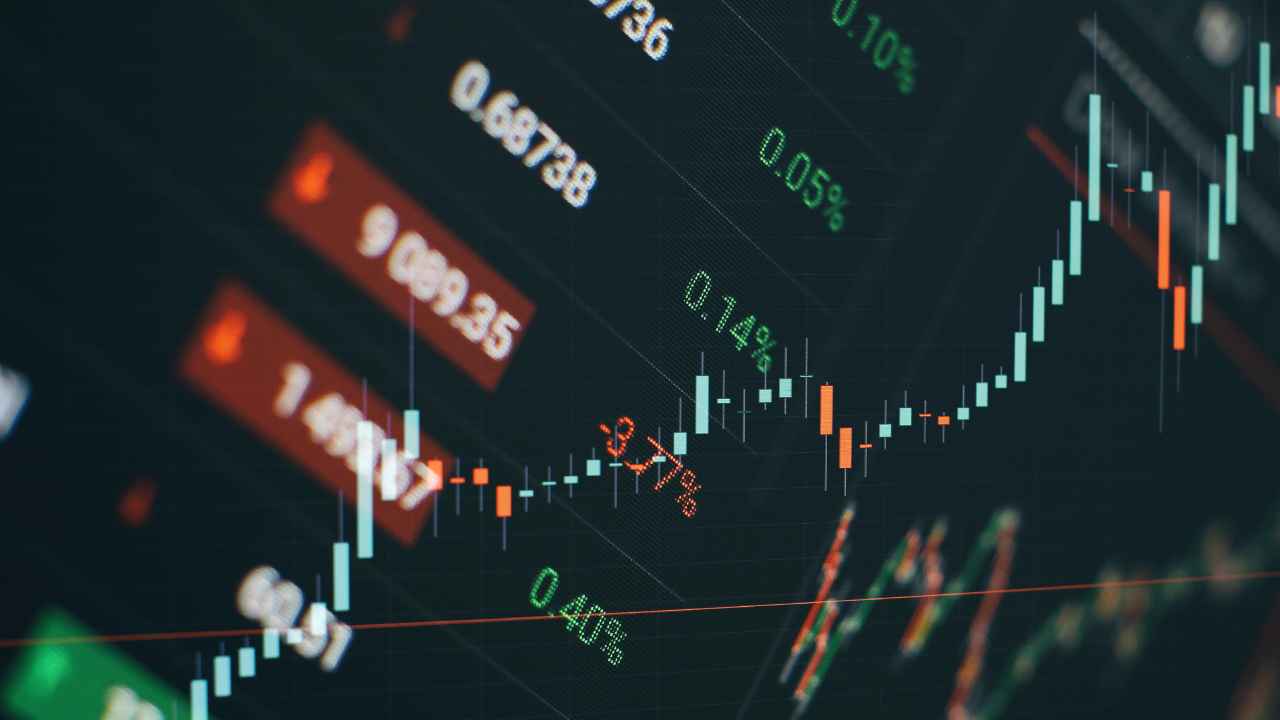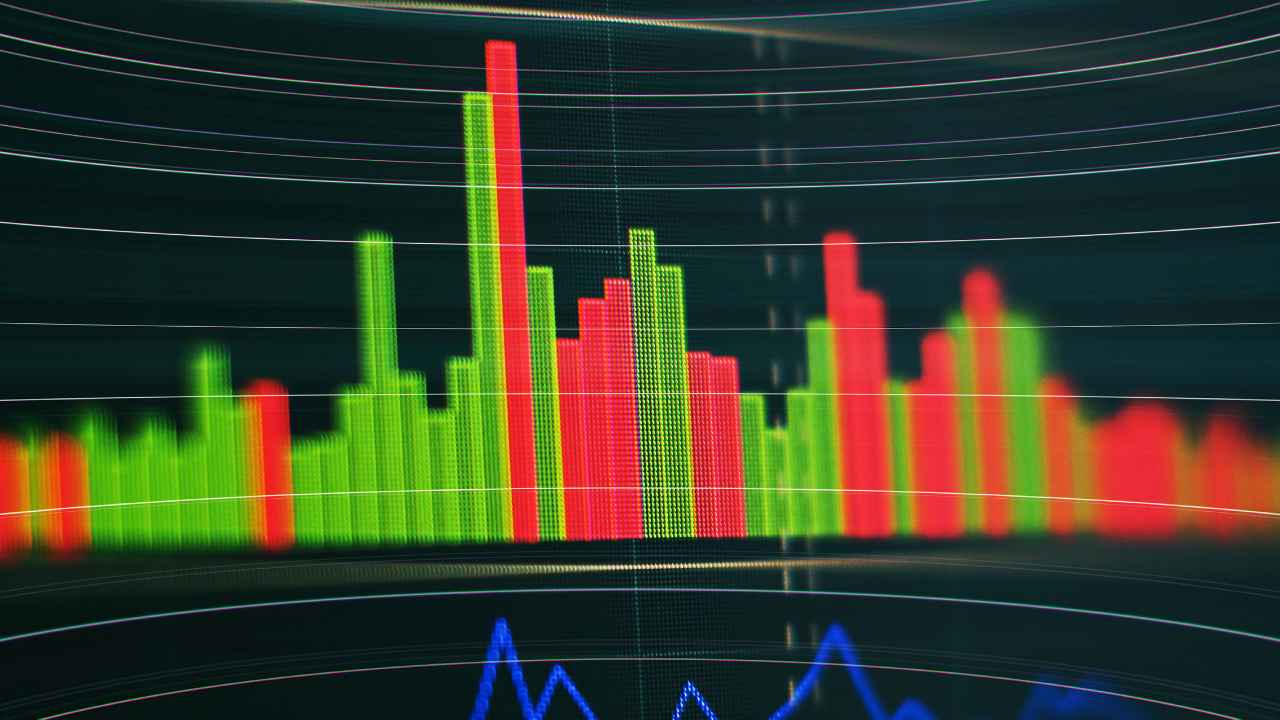Wednesday Mar 20 2024 03:20

12 min

When it comes to technical analysis in trading, the Stochastic Oscillator is a popular tool used by many traders to identify potential trend reversals.
Developed by George Lane in the 1950s, this momentum indicator helps traders determine overbought and oversold conditions in the market.
By comparing the closing price of an asset to its price range over a specific period, the Stochastic Oscillator provides valuable insights into the strength and weakness of a trend.
The Stochastic Oscillator is a fundamental tool in the arsenal of many traders, renowned for its ability to gauge momentum by comparing the closing price of a security to its price range over a specific period. Understanding this indicator can help identify potential market reversals and momentum shifts.
The oscillator ranges from 0 to 100, making it straightforward to spot overbought or oversold conditions:

Current Close: The most recent closing price.
Lowest Low: The lowest price in the specified period.
Highest High: The highest price in the same period.

n: The number of periods over which the SMA of %K is calculated, often 3 or 5.
Overbought Condition: A Stochastic Oscillator value above 80 suggests that the security might be overbought, indicating a potential selling opportunity as the price could be due for a correction or reversal.
Oversold Condition: A value below 20 indicates that the security might be oversold, presenting a potential buying opportunity as the price might reverse to the upside.
Trend Reversals: Traders also watch for crossovers between the %K and %D lines as signals of momentum shifts that could precede trend reversals. The divergence between the oscillator and the price trend can further indicate potential reversals.

Interpreting Stochastic Oscillator readings requires understanding the concept of overbought and oversold conditions. When the %K line crosses above the %D line and both lines are below 20, it suggests a bullish signal and a potential buying opportunity.
Conversely, when the %K line crosses below the %D line and both lines are above 80, it indicates a bearish signal and a potential selling opportunity.
Additionally, traders look for bullish or bearish divergences between the price and the Stochastic Oscillator readings. A bullish divergence occurs when the price makes a lower low, but the Stochastic Oscillator makes a higher low.
This suggests that the selling pressure is weakening, and a potential trend reversal may be imminent. Conversely, a bearish divergence occurs when the price makes a higher high, but the Stochastic Oscillator makes a lower high, indicating that the buying pressure is weakening, and a potential trend reversal may occur.
The Stochastic Oscillator has several common applications in trading. One popular strategy is the Stochastic Crossover, where traders look for the %K line to cross above or below the %D line to generate buy or sell signals.
Another application is the Overbought/Oversold strategy, where traders look for the %K line to move above 80 or below 20 to identify potential trend reversals.
Additionally, traders may use the Stochastic Oscillator to confirm other technical indicators or to identify bullish or bearish divergences for potential trading opportunities.
While the Stochastic Oscillator is a valuable tool in technical analysis, it does have some limitations. First, it is a lagging indicator, meaning that it relies on historical price data. As a result, it may not provide timely signals in fast-moving markets.
Second, the Stochastic Oscillator can generate false signals during range-bound markets, where the price is moving sideways.
Lastly, the Stochastic Oscillator may not be suitable for all types of assets or trading strategies. Traders need to consider these limitations and use the Stochastic Oscillator in conjunction with other technical indicators and analysis techniques.

In contrast to the Stochastic Oscillator, the Stochastic Momentum Index (SMI) is a more advanced momentum indicator that takes into account both closing prices and their relationship to the midpoint of the price range. Developed by William Blau, the SMI aims to provide a more accurate depiction of market momentum by eliminating the effect of price gaps.
The SMI formula consists of three lines: %K, %D, and the signal line. The %K line represents the current closing price relative to the midpoint of the price range, while the %D line is a moving average of the %K line. The signal line is a moving average of the %D line. The formula can be expressed as follows:
%K = (Current Close - Midpoint of Price Range) / (Highest High - Lowest Low) * 100
%D = n-day Simple Moving Average of %K
Signal Line = m-day Simple Moving Average of %D
While both the Stochastic Oscillator and the Stochastic Momentum Index are momentum indicators used to identify overbought and oversold conditions, they differ in their calculation methods and interpretation.
The Stochastic Oscillator compares the closing price to the price range, while the Stochastic Momentum Index compares the closing price to the midpoint of the price range. This difference in calculation results in different readings and signals.
The Stochastic Oscillator is more sensitive to short-term price movements and tends to generate more frequent signals.
On the other hand, the Stochastic Momentum Index is less sensitive to short-term price movements and provides a smoother and more accurate depiction of market momentum. Traders may prefer one indicator over the other based on their trading style and the time frame they are analysing.
The Stochastic Momentum Index has several advantages over the Stochastic Oscillator. First, it eliminates the effect of price gaps, providing a more accurate representation of market momentum.
Second, it provides a smoother and less noisy signal compared to the Stochastic Oscillator, making it easier to interpret. Lastly, the Stochastic Momentum Index can be used in conjunction with other technical indicators to confirm trading signals and generate higher probability trades.
However, the Stochastic Momentum Index also has its limitations. Like the Stochastic Oscillator, it is a lagging indicator that relies on historical price data. It may not provide timely signals in fast-moving markets.
Additionally, the Stochastic Momentum Index may not be suitable for all types of assets or trading strategies. Traders should consider these advantages and disadvantages when incorporating the Stochastic Momentum Index into their trading analysis.
While the Stochastic Oscillator and the Stochastic Momentum Index can be used independently, combining them can provide a more comprehensive analysis of market momentum. By using both indicators together, traders can confirm trading signals and filter out false signals.
One approach is to look for convergence or divergence between the two indicators. When both the Stochastic Oscillator and the Stochastic Momentum Index generate similar signals, it adds more weight to the trading decision. Conversely, when the signals from the two indicators diverge, it may indicate a potential reversal or a weakening of the current trend.
Another approach is to use the Stochastic Oscillator for short-term analysis and the Stochastic Momentum Index for longer-term analysis. Traders can use the Stochastic Oscillator to identify short-term overbought and oversold conditions, while the Stochastic Momentum Index can help identify longer-term trend reversals or confirmations.
The Stochastic Oscillator and the Stochastic Momentum Index are valuable tools in technical analysis that help traders identify potential trend reversals and overbought/oversold conditions.
While the Stochastic Oscillator compares the closing price to the price range, the Stochastic Momentum Index compares the closing price to the midpoint of the price range, resulting in different readings and signals. Traders can use these indicators independently or together to confirm trading signals and filter out false signals.
However, it is important to consider their limitations and use them in conjunction with other technical indicators and analysis techniques for a comprehensive trading strategy.
Open a live trading account now and start trading CFDs like a pro!
“When considering “CFDs” for trading and price predictions, remember that trading CFDs involves a significant risk and could result in capital loss. Past performance is not indicative of any future results. This information is provided for informative purposes only and should not be considered investment advice.”